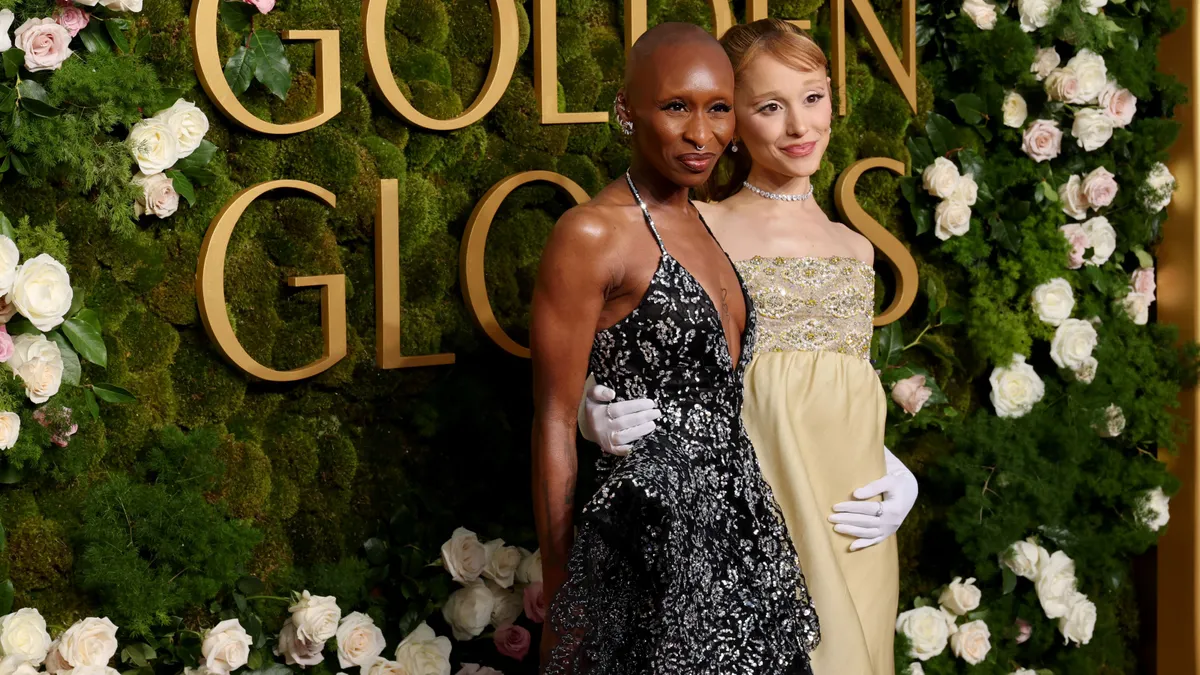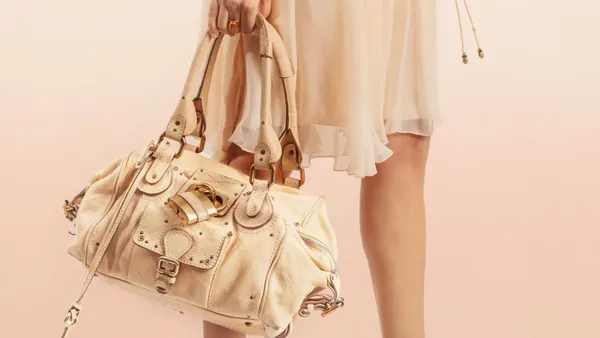Dive Brief:
- Younger shoppers reduced their spending on apparel and accessories in the first five months of 2023, with luxury brands receiving the biggest drop off, according to credit card spending data from Earnest Analytics.
- Overall spending among consumers under 34 dropped 6%, with spending on luxury brands declining 20% year-over-year. Resellers and fast fashion brands also saw decreases of 16% and 15%, respectively.
- The decline in spending could translate to earnings headwinds for youth-centric brands, according to Michael Maloof, head of marketing at Earnest Analytics, which could lead to an increase in promotions to boost sales.
Dive Insight:
Older shoppers outperformed younger consumers in nearly every category except jewelry, watches and apparel subscriptions.
“Lower income groups are typically the first to feel the effects of economic slowdowns,” Maloof said in an email to Fashion Dive. “It makes sense that younger consumers farther from their peak purchasing power years would start pulling back on spending first. In many ways, younger consumers are a bellwether for broader spending trends, and they have been under performing since late 2022.”
Other recent reports have noted a shift in the way different consumers are interacting with luxury. The Saks Luxury Pulse report released last month showed that 53% of respondents were planning to spend the same or more on luxury purchases over the next three months, down from the 62% of respondents who said that in the last survey. Saks attributed that to a rise in travel expenditures and a focus on savings coupled with a slowdown in luxury goods spending.
Travel spending rose among both older and younger consumer groups in the first few months of the year, according to Earnest. Spending on luggage and bags was up 32% for older shoppers and 29% for younger consumers.
Active and leisurewear similarly saw increases with both groups, but those older 34 outperformed their younger counterparts, with 14% compared to 4%, respectively.
“Whether a boomtime or a recession, brands should be segmenting customer behavior by age and income when looking at market trends,” Maloof said in an email. “There is often a deeper story driving sales trends than high level sales numbers reveal.











